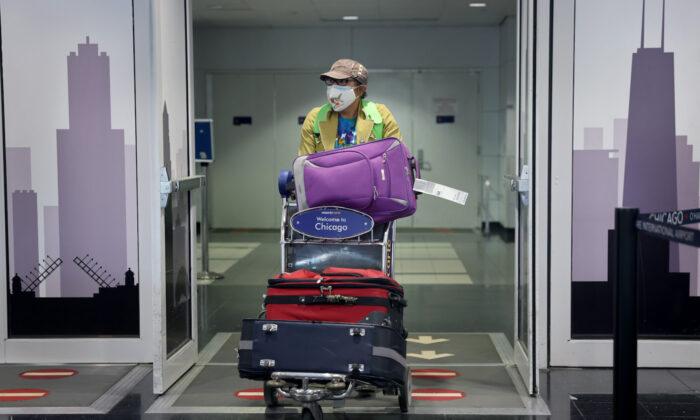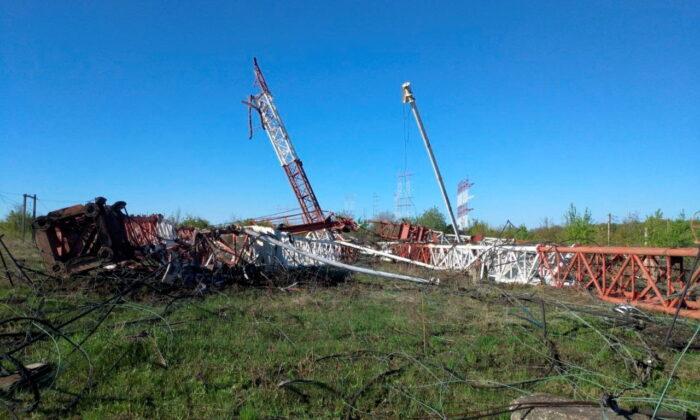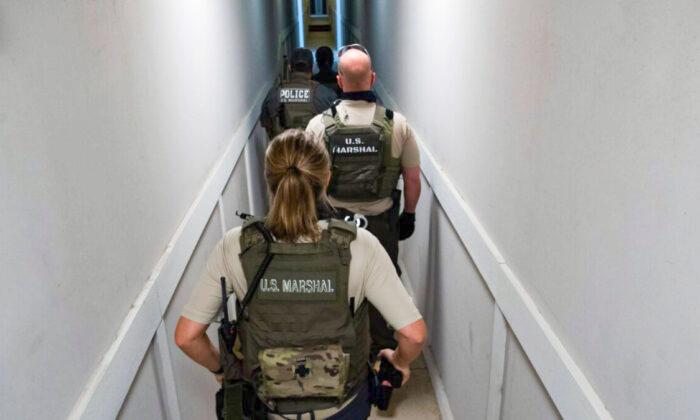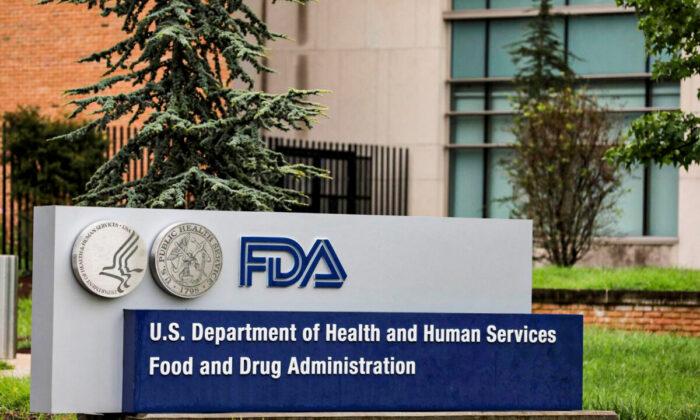After nearly 20 months of closed borders, the United States on Monday reopened to international travel, welcoming vaccinated Europeans and others who had been unable to enter the country due to COVID-19 restrictions.
American citizens and permanent residents were always allowed to enter the United States, but the COVID-19 travel restrictions grounded tourists, thwarted business travelers, and kept families apart for nearly two years. Under new rules, travelers must have proof of vaccination and a negative COVID-19 test.
The travel ban, first implemented by former President Donald Trump, and later kept in place and expanded by President Joe Biden, blocked travelers from 33 countries, including much of Europe, the United Kingdom, and China.
“I think a lot of people have been waiting for this day,” said Eileen Bigelow, area port director for Vermont for Customs and Border Protection. “They look at it as a light at the end of the tunnel for some return of normalcy.”
One of those able to enter the United States for the first time since the borders closed was Octavio Alvarez, 43.
“It’s a big feeling,” said Alvarez, who lives in Ensenada, Mexico, a two-hour drive from San Diego where he has relatives. Prior to the pandemic, his family would visit California twice a month. The emotional cost of the border restrictions was “very high,” he added.
Airlines are preparing for a surge in activity—especially from Europe—after the pandemic and resulting restrictions caused international travel to plunge.
The 28 European countries that were barred made up 37 percent of overseas visitors in 2019, according to the U.S. Travel Association. As the reopening takes effect, carriers are increasing flights between the United Kingdom and the United States by 21 percent this month over last month, according to data from travel and analytics firm Cirium.
That means that under current rules, millions of people around the world who were vaccinated with Russia’s Sputnik V, China’s CanSino, or other shots which have yet to be approved by the WHO, will be unable to enter the country.
“Even in the low-vaccine-availability countries, people will also need to have a compelling reason to come here,” a senior administration official said last month. “So, it’s just not they’re coming here for any reason; they need to have a specific, compelling reason. So, tourist visas will not qualify for that.”
According to the White House, there are about 50 countries with a current vaccination rate of less than 10 percent.





